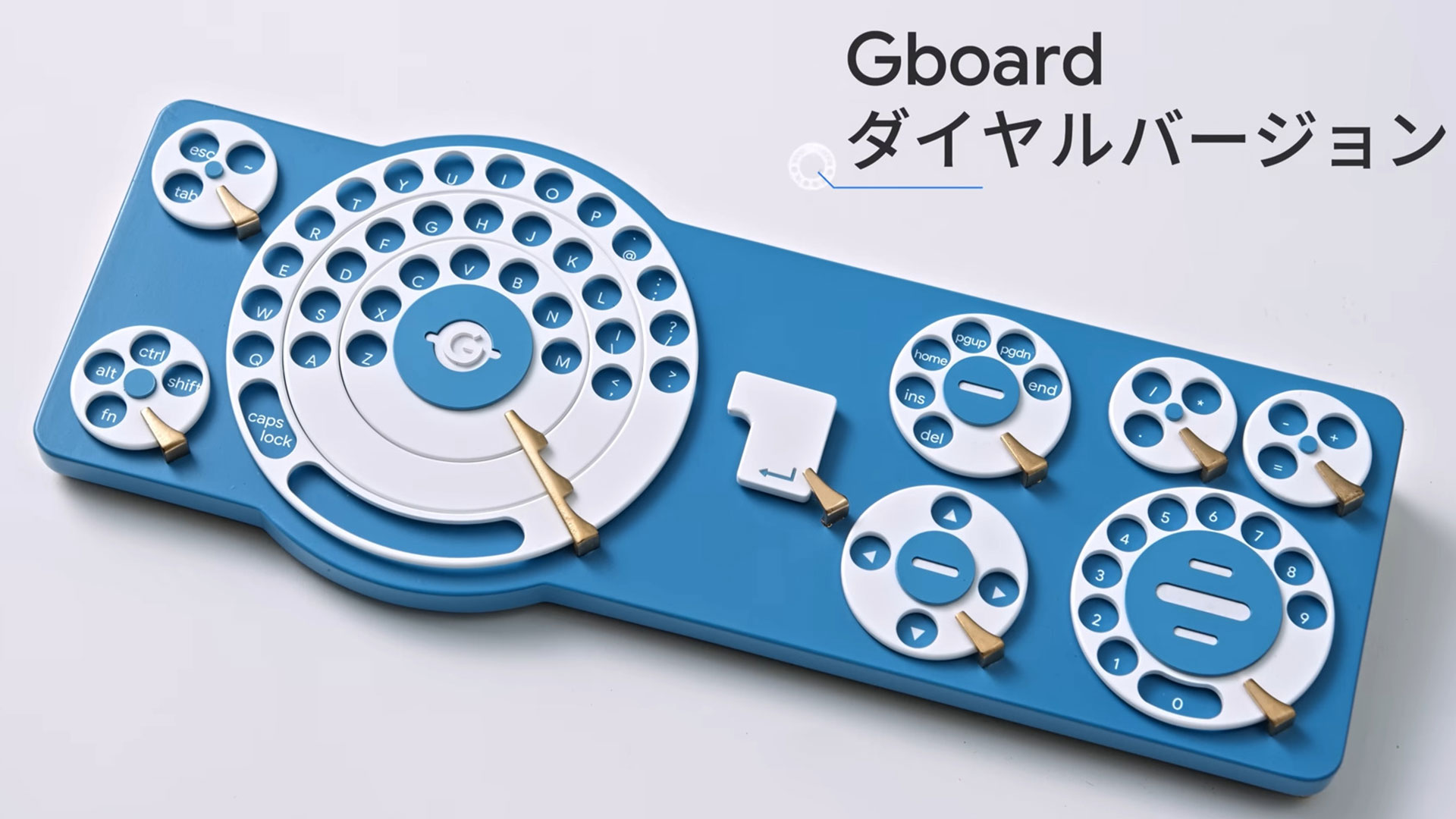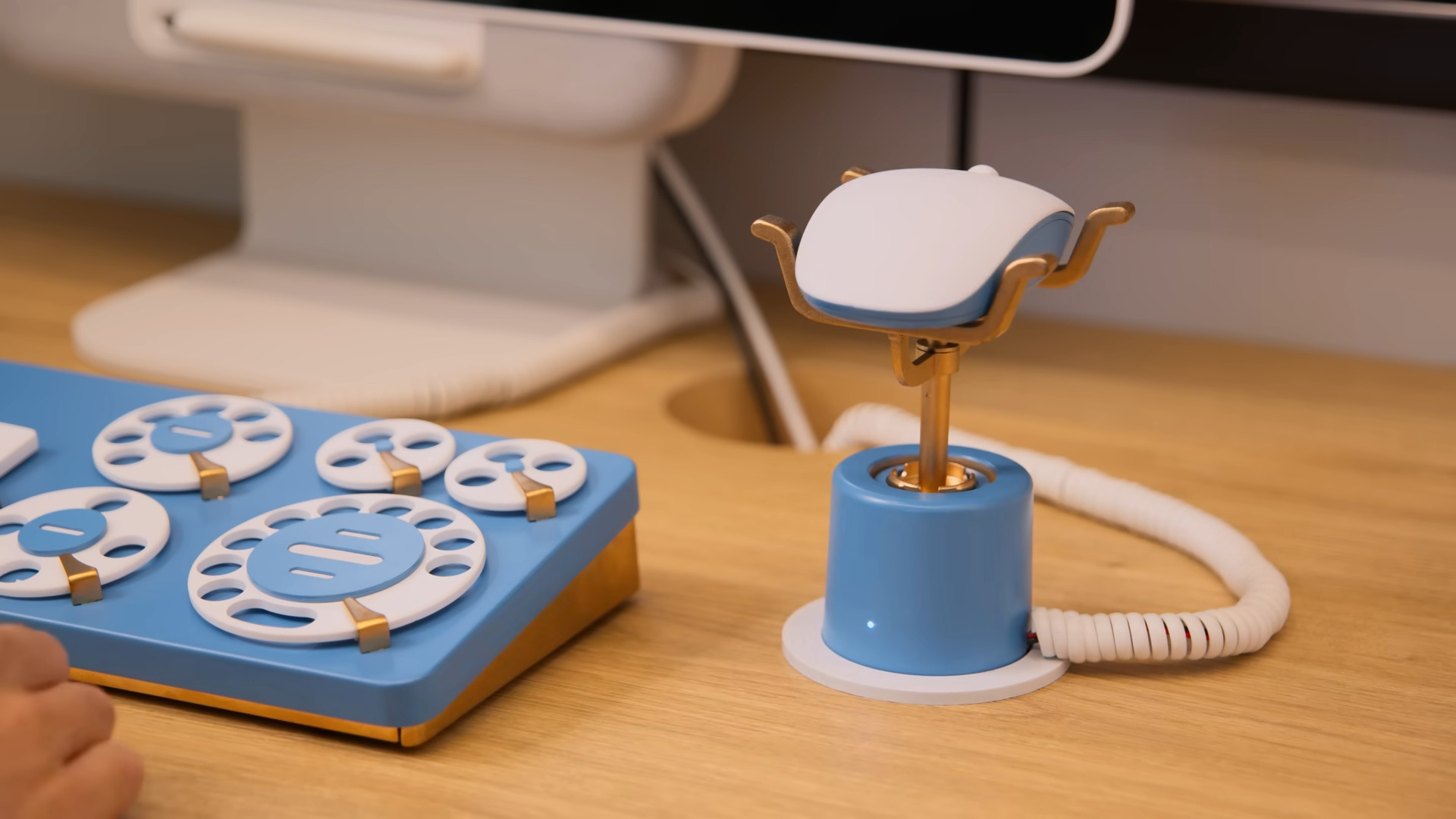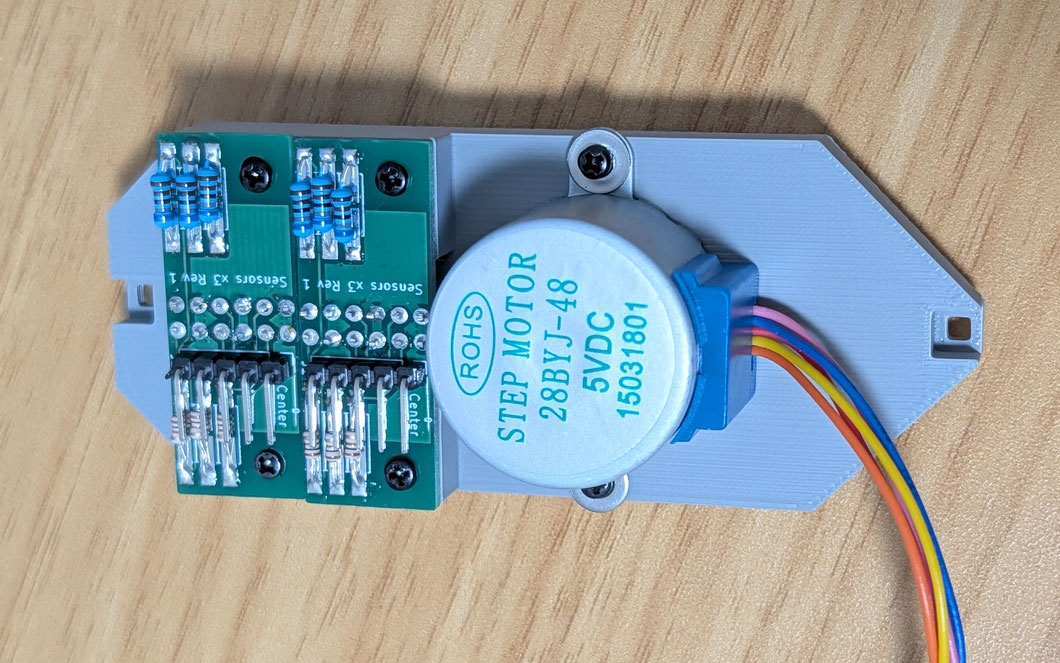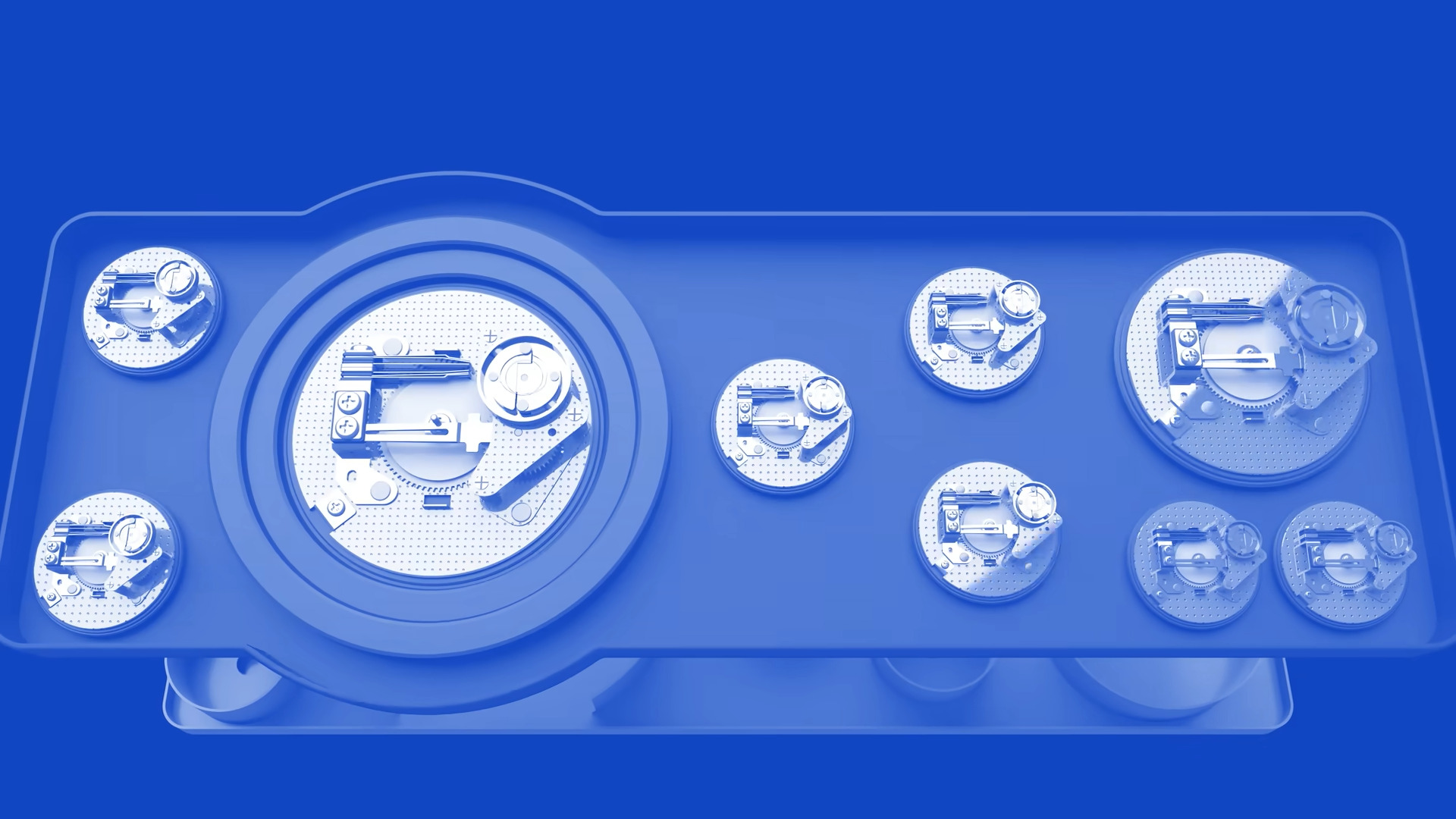Crazy Google Japan keyboard design switches keys for dials — the Gboard Dial Edition shows why the software team isn't allowed to design hardware
Google won’t manufacture this device, but has generously made all the design resources available on GitHub.

Google Japan’s Gboard team has designed and open-sourced a revolutionary new keyboard that boldly eschews keys in favor of dials. The so-called Gboard Dial Edition (machine translation) was devised as a novel and intuitive physical keyboard design, influenced by the seminal and decades-trusted rotary telephone input method.
Every year, at the beginning of October, it has become a Japan Gboard team tradition to show that their skills are not merely limited to the realms of the software keyboard for which they are best known. As proof, they showcase an innovative paradigm-shifting physical keyboard and share the maker source files, so enthusiasts can recreate and build from their inspirational designs.
In 2024, the team made a keyboard that was influenced by the Möbius strip. Other outstanding designs, in years prior, included the bending spoon keyboard (using analog pressure control), a Morse-code keyboard (single key), and a linear ruler-like device (for those with a strong x-axis preference).
In that context, the Gboard Dial Edition doesn’t seem so outlandish. Moreover, if you watch the video (closed captions with translation are available), the Gboard team puts forward some arguments for making your own Gboard Dial Edition.
Innovation avoids ever decreasing circles
The Gboard Dial Edition takes the dial input method to new heights, with its main QWERTY dial cutting user response times and input times via the use of concentric rings. Having separate dials for other important key clusters can also scale dial input speeds by allowing for parallel inputs.
Other touted advantages of the Gboard Dial Edition include:
- Reduces the chances of RSI from typing, pressing, and tapping actions
- The keyboard emits a nostalgic, soothing, whirring sound as you turn then let the dials return to position
- The chance of typos is reduced as dialing is a more calming and considered input method than hitting keys
- This fresh design language offers a rounded experience
In the source blog post, the Google team also showcases some interesting colors and finishes for the Gboard Dial Edition. In addition to basic primary colors with white dials, there are samples shown with fabric covers designed to fit in with your home décor.
Get Tom's Hardware's best news and in-depth reviews, straight to your inbox.
The rotary phone-era influenced mouse stand is another interesting proposition. The development team suggests this accessory can be used for intuitive video conferencing presence control. Resting your mouse on this stand can put any calls on hold, toggling your video camera and microphone while you take a break.




Emboldened by their success with the above design, in the future, the Gboard team asserts that it has plans for custom dial–based keyboards for DJs, pets, and Daikagura performers.
As mentioned in the intro, this is an open-source (Apache License 2.0) design. Follow this GitHub link for 3D printer files, PCB designs, a components list (including a Raspberry Pi Pico), firmware, a full assembly guide, and more.
Follow Tom's Hardware on Google News, or add us as a preferred source, to get our up-to-date news, analysis, and reviews in your feeds. Make sure to click the Follow button!

Mark Tyson is a news editor at Tom's Hardware. He enjoys covering the full breadth of PC tech; from business and semiconductor design to products approaching the edge of reason.
-
spgfr2017-1 Someone could make lots of dollars by offering a version of this with brass dials and black leather for the steampunkers.Reply -
John_Turner You'd end up operating it with a pencil. Dials were murder on your fingertips.Reply
I'd like one motorized, set up to echo my typing on a conventional board. That would be pretty rad. -
Krieger-San ReplyThis fresh design language offers a rounded experience
I see what you did there... 😏 -
BFG-9000 Reminds me of this contestant for worst possible UIReply
https://static.boredpanda.com/blog/wp-content/uploads/2018/06/funny-worst-input-fields-11-5b235c170ebee__700.gifBut of course that's cluttered and inelegant compared to
-2faLsKz-q8View: https://www.youtube.com/shorts/-2faLsKz-q8
Long version:
9BnLbv6QYcA:6View: https://youtu.be/9BnLbv6QYcA?si=bsCRoS44ZDsI6tKn&t=6
